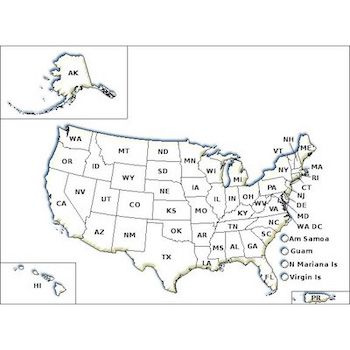The sight of a cockroach running around in the kitchen cupboard may be familiar to some, but you don't have to live with them. Cockroaches can eat food items in your home, including crumbs trapped in cracks and spilled drinks. While they don't generally bite people, cockroaches shed, and their waste products can get into the air you breathe. Indoor cockroach infestations may cause allergy and asthma symptoms to get worse.
Control tips:
- It's important to determine which species of cockroach you have. Use a cockroach identification guide or contact your local county extension office for help identifying the cockroaches.
- For example, limiting moisture can deter German cockroaches, but you might want to adjust both temperature and humidity to control American cockroaches.
- Find out where the cockroaches are hiding, where they travel, and what they are eating and drinking. Use the resources below to learn how to monitor their activity.
- Monitor and assess cockroach activity using sticky traps or glue boards. This can identify problem areas in your home.
- Cockroaches like dark crowded spaces. Monitoring efforts should include bathrooms, kitchens, and dark places, such as under cabinets, sinks, appliances, in wall voids, and on pipes. Tight cracks 3/8 inch or smaller are suitable hiding places for cockroaches.
- Consider using Integrated Pest Management (IPM) strategies first before choosing a pesticide. Here are some IPM tips:
-
- Deny them access to food and water by repairing leaks, removing clutter, and ensuring the kitchen and the sink are clean every night.
- Prevent roaches from entering your home by sealing cracks and crevices around cabinets, backsplashes, windows, doors, crawl spaces, pipes, wires, and cables. Use silicone caulking, screening, and/or copper mesh.
- Clean areas of cockroach debris such as dead cockroaches, eggs, and feces. Cockroaches are attracted to their own debris.
- If you decide to use a pesticide, always read and follow the label directions carefully.
- Some pesticides might repel cockroaches, rather than kill them. Make sure you're not chasing the cockroaches into other rooms or apartments.
- Some cockroaches have become resistant to certain pesticides, and/or are averse to eating certain baits and gels. Using an IPM approach can reduce pesticide resistance.
- If you are using a pesticide in addition to IPM and it is ineffective, pesticide resistance or aversion may be an issue.
- Consider switching to a product with a different active ingredient.
- If using baits, consider switching brands. This may address aversion, or roaches avoiding the bait because they do not like the flavor or other ingredients.
- Make sure to dispose of any unwanted pesticide according to the label directions.
- After the cockroaches have been eliminated, continue prevention and maintenance practices to keep them out.
- Use the links under the "Learn More" tab for resources about specific species of cockroaches.
If you have questions about this, or any pesticide-related topic, please call NPIC at 800-858-7378 (8:00am - 12:00pm PST), or email us at npic@oregonstate.edu.



